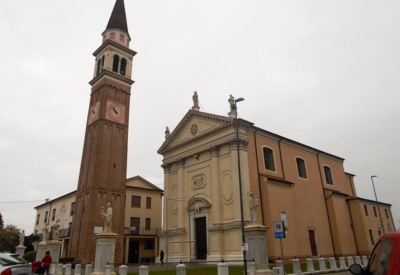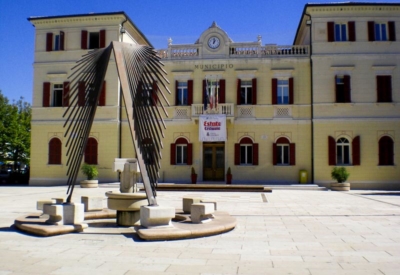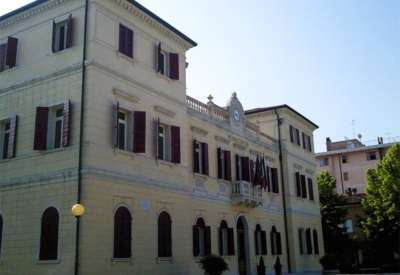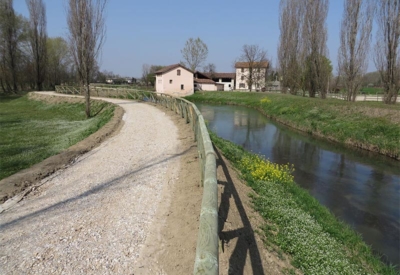SCORZÈ
The two-thousand-year-old agricultural layout of the countryside in the Venetian hinterland gives the impression of a continuous succession of vegetable gardens, villas and gardens, just like the Romans laid out and arranged in the area. The careful and skilful population has preserved and maintained it over the centuries. The skilfully squared-off fields, scattered but frequent communities, peaceful waterways that flow between houses and countryside justify here more than anywhere else the creation of the urban concept of a spread-out city. And in Scorzè, entirely covered by the ancient, mysterious and unusual centuriazione of Altino, historic rural settlements and the important presence of Venetian villas combine with land and water to create a unique territory.
Located at the southern end of one of the most important emergences of karst springs in Europe, the Scorzè area has a fertile silt that is now offers the richest and most varied agricultural production in the entire area: PGI Treviso Chicory, PGI Badoere Asparagus, De.Co. peas from Peseggia, sweet potatoes, kiwis and lots of other products feature in local food festivals draw tens of thousands of visitors each year.
Worth Visiting
Chiesa di San Benedetto, a church built between 1761 and 1767, designed by Venetian architect Giorgio Massari
Palazzo Municipale, the town hall built between 1888 and 1889. The outside of the building is in neoclassical style, with a balcony, a mock loggia sheltered by small columns and a clock
Villa Soranzo Conestabile built in the 16th century by the family of Doge Giovanni Soranzo
Villa Dolfin – De Ferrari, an elegant 17th-century building
Villa Orsinioggi, used as an arts centre (for exhibitions, conferences and a school of music, etc.)
Villa Barbiero a simple 17th century building
Villa Tombacco, 16th-century
Palazzo Zardo, once the winter home of the Soranzo family and the seat of Scorzè Town Hall from the period of the Kingdom of Lombardy-Venetia until the current one was built
The mills along the River Dese. The Republic of Venice built four mills along the Scorzè stretch of the Dese, river, three in the main town and one in the district of Cappella
Don’t Miss
Oasi Todori, the Todori Nature Park, stretches over around twenty thousand square metres, and is filled with local flora and fauna. It surrounds the mill of the same name and has waters from the Dese River and its tributaries. It is also a place for important educational activities involving local schools that raise young people’s awareness of environmental issues.




